Biomedical Sciences Facilities
The Pickus Center for Biomedical Research
The Pickus Center for Biomedical Research is a state-of-the-art biomedical research building that houses research teams of UNE faculty and student researchers. The 22,000 sq. ft. structure enables students to engage in important research as part of their curriculum, build upon the strong base of research at UNE’s College of Osteopathic Medicine (COM), and create opportunities for collaborative research. The center includes six laboratories, 12 faculty offices, two conference rooms, a lab tech office suite, and space for a future vivarium.
- Faculty Labs
- Becker Lab
- Burkholder Lab
- Cao Lab
- Filippakis Lab
- Goode Lab
- Harrison Lab
- Small Lab
- Tucker Lab
- Vesenka Lab
- Behavior Core
- Histology and Imaging Core
Stella Maris
The back portion of Stella Maris includes more than 12,000 sq. ft. of laboratory and office space. Neuroscience faculty from COM, the College of Arts and Sciences (CAS), and the Westbrook College of Health Professions (WCHP) share core facilities dedicated to behavioral phenotyping, electrophysiology, histology, and molecular biology. The building also contains an animal vivarium, BSL-2 level laboratories, and other laboratories that help support a multidisciplinary approach to understanding brain function and diseases of the nervous system.
- Faculty Labs
- King Lab
- Meng Lab
- Molliver Lab
- Vaughn Lab
- Behavior Core
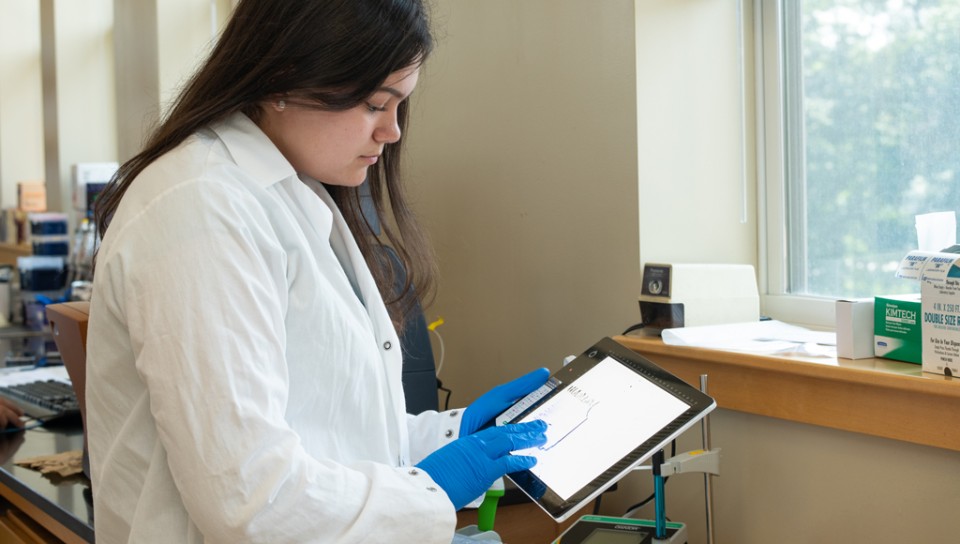
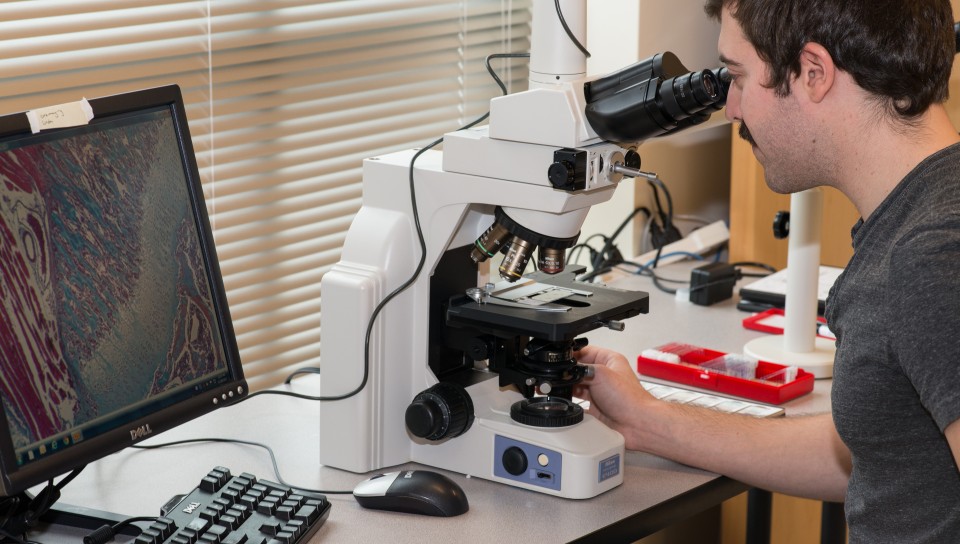
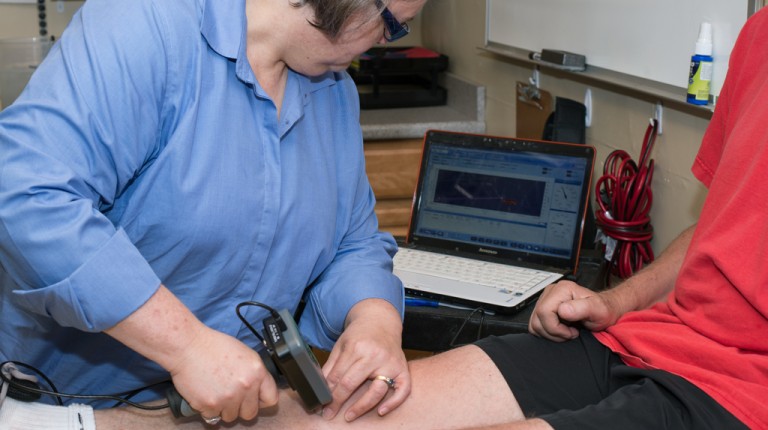
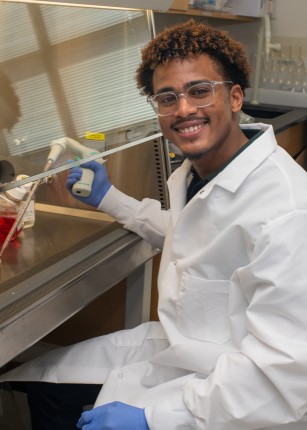
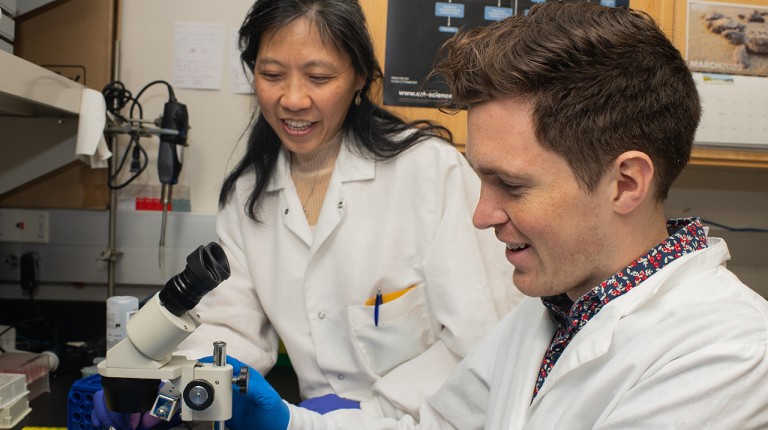
Proctor Hall
- Faculty Labs
- Rudolph Lab
- Stackhouse Lab
The Harold Alfond Center for Health Sciences
The primary hub for undergraduate research within the School of Biomedical Sciences, the Harold Alfond Center for Health Sciences houses the majority of faculty research labs and our indoor-access greenhouse.
Biotechnology and Health Sciences Research Facilities
School of Pharmacy Building
The School of Pharmacy building on UNE’s Portland Campus is the first and only facility in Maine devoted entirely to academic study and research in the field of pharmacy. It provides students and faculty with 48,000 square feet on four floors, 7,000 square feet of that space is dedicated research space.
The building houses three innovative teaching laboratories dedicated exclusively to pharmacy education. It also houses a full complement of lecture halls and classrooms equipped with the latest technologies.
The space on the third floor and basement levels of the Pharmacy Building make up the Portland Laboratory for Biotechnology and Health Sciences.
Faculty labs
- Eva Balog, Ph.D., biomanufacturing
- Houseknecht Lab
- Sri Mohan, Ph.D., biomarker development for cancer therapeutics
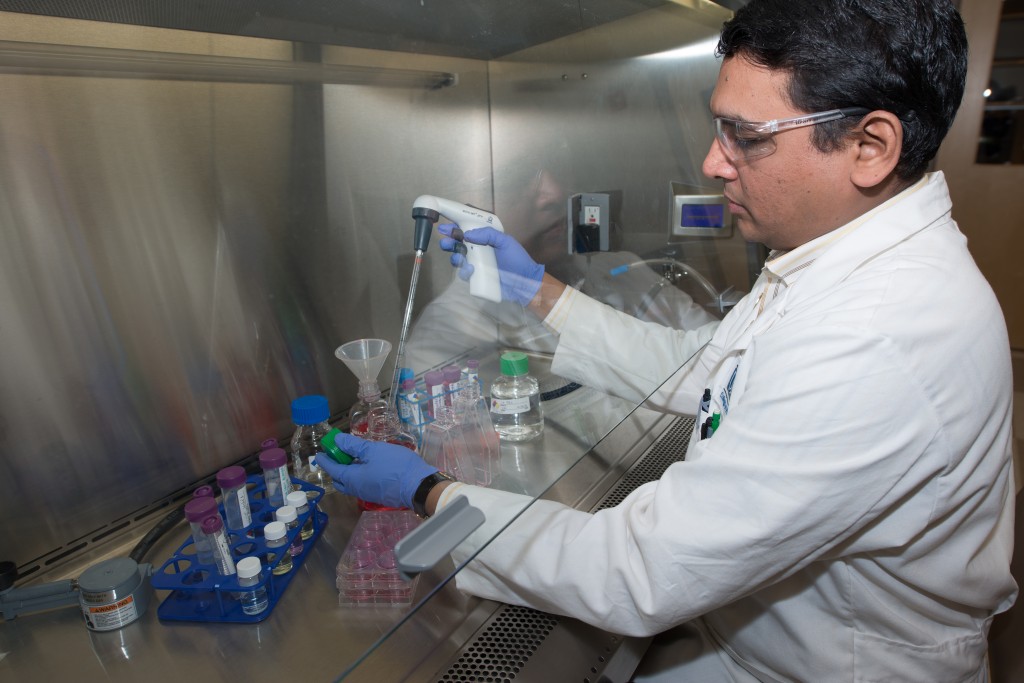
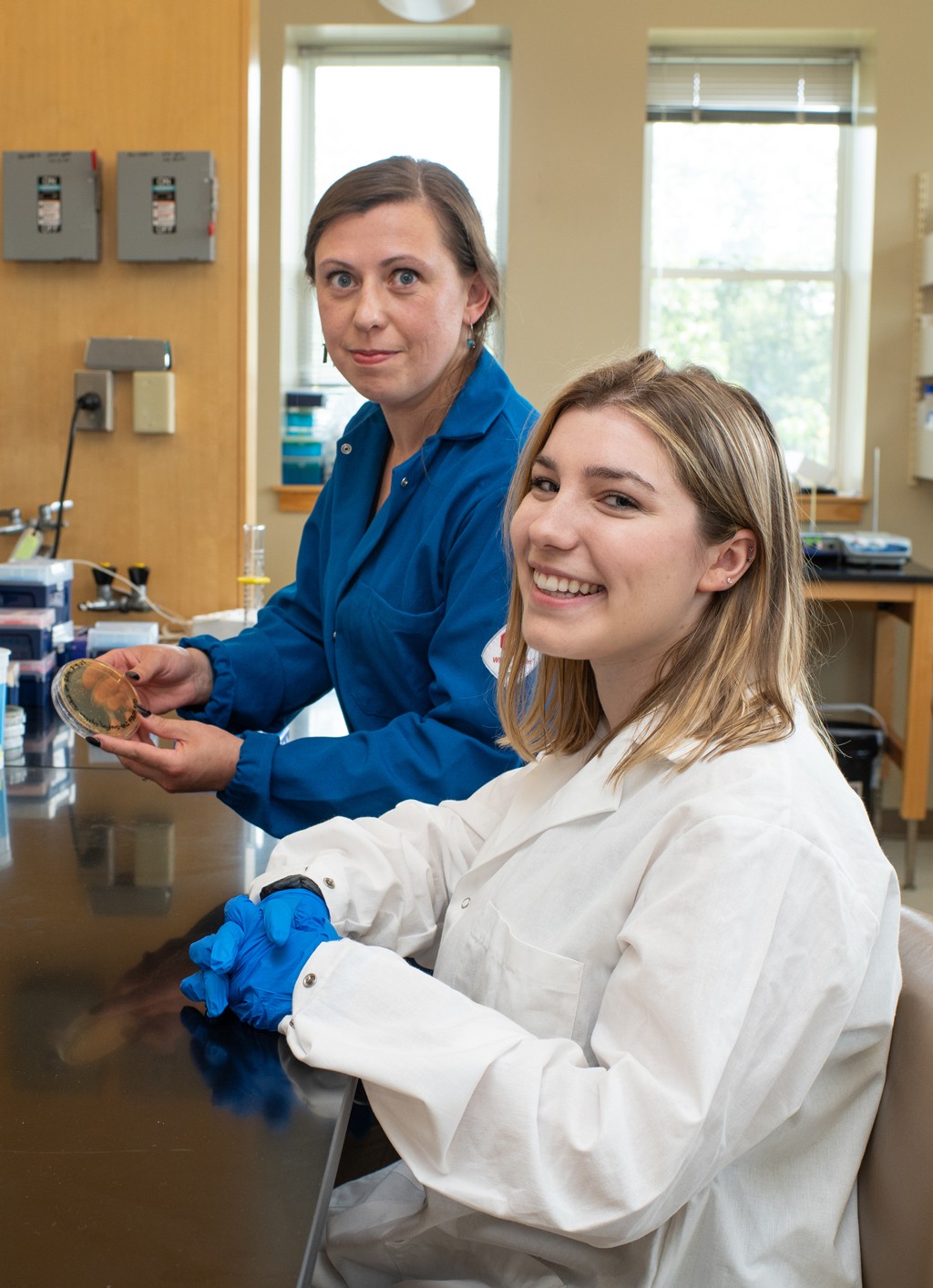
Marine and Environmental Sciences Facilities
Marine Science Center
The Arthur P. Girard Marine Science Center (MSC) is the home of UNE’s marine science program, boasting top-notch seawater facilities, laboratories, classrooms, and offices right in the heart of the Biddeford campus. The MSC offers 27,550 square feet across two floors for teaching, learning, and research. Our tidal pumping system and 550,000-gallon storage tank enable flow-through seawater to be distributed to classrooms and labs, ensuring realistic environmental conditions for research. UNE’s Ocean Clusters, research-education workgroups focused on specific marine topics ranging from aquaculture to phytoplankton, occupy a whole wing of the building, showcasing 4,950 square feet of research space, five internal pools, wet and dry laboratories, offices, and classrooms.
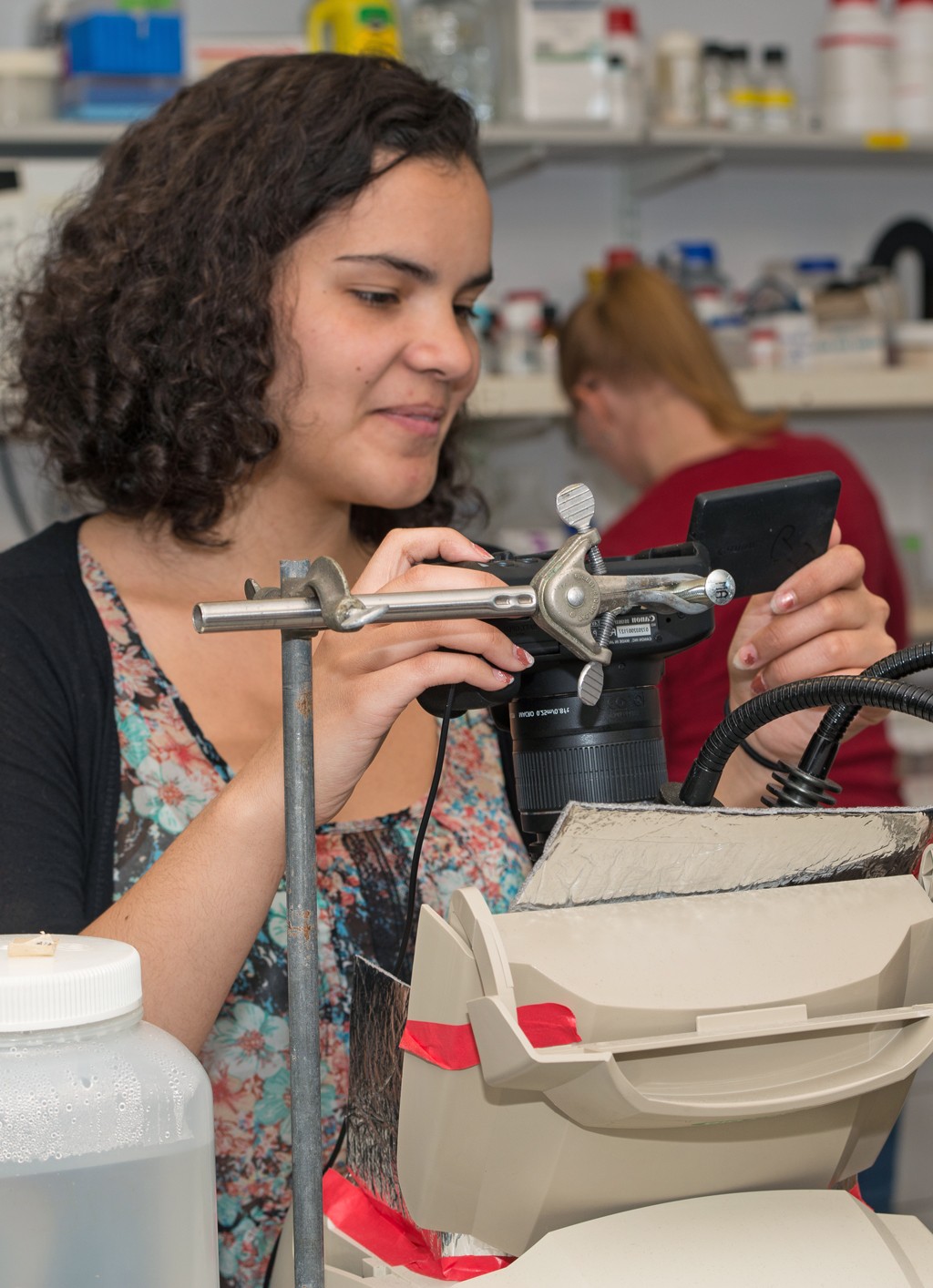
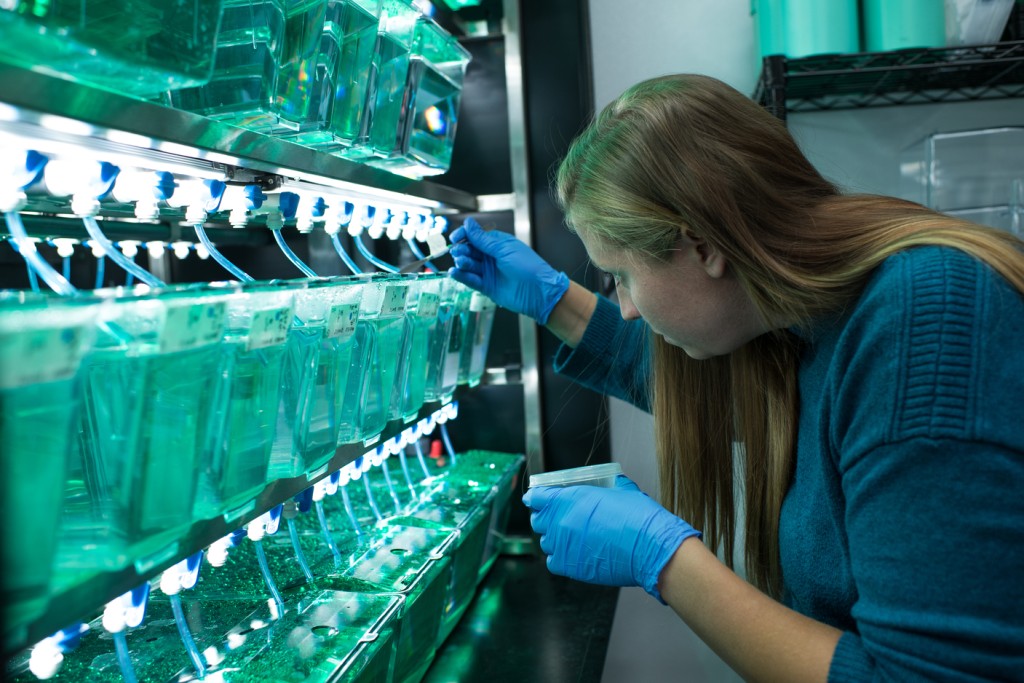
Morgane Hall
Morgane Hall contains the administrative offices of the School of Biological Sciences and most of its faculty. This 25,800-square-foot academic science building houses two classrooms, two biology labs, two chemistry labs, two physics labs, one biochemistry lab, one genetics lab, and several small research labs with associated prep rooms. The labs are equipped with computer simulators for in depth study of physical and biological concepts. In addition to realistic models, the biology lab has microscopes and dissection capabilities for anatomy, physiology and pathophysiology courses.
- Faculty Labs
- James Vesenka, Physics
- John Stubbs, Physical Chemistry
- Deena Small, Biochemistry
- Jerome Mullin, Analytical Chemistry
- Stephen Fox, Inorganic Chemistry
- Amy Deveau lab
- Ganter Lab
- Zebrafish Education and Research Facility
Behavioral Sciences Research Facilities
Decary Hall
- Faculty Labs
- Burman Lab (Burman Collective)
- Zach Olson, Ph.D., behavioral ecology and wildlife conservation
- Glenn Stevenson, Ph.D., drug development and opioid pharmacology
- Trish Long, Ph.D., interpersonal violence, anxiety,
- Linda Morrison, Ph.D., issues in social, global awareness issues, bystander behavior
- Jennifer Stiegler-Balfour (Cognitive Psychology Lab/Reading Comprehension and Cognition lab)
- Amy Keirstead, Physical Organic Chemistry and Photochemistry
- Julie Peterson, Ph.D., how explicit and implicit self and relationship processes influence daily life (Self and Close Relationships Lab)
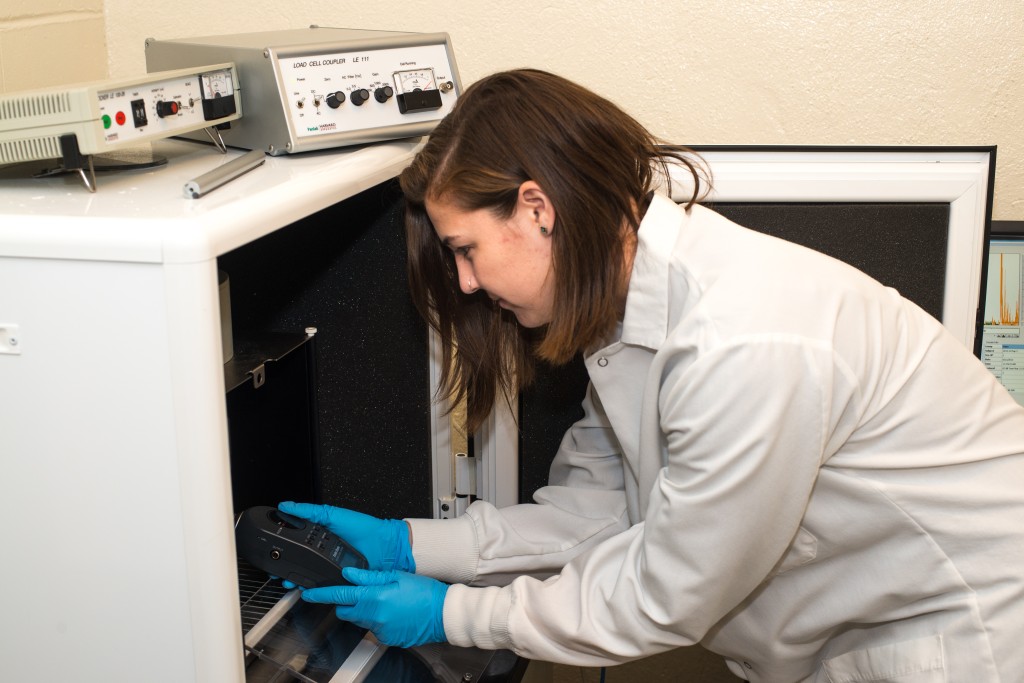
Take a Virtual Tour of our Biddeford Campus Labs and Learning Spaces
- Pickus Center for Biomedical Research
- Leonard Hall
- Morgane Hall Lab
